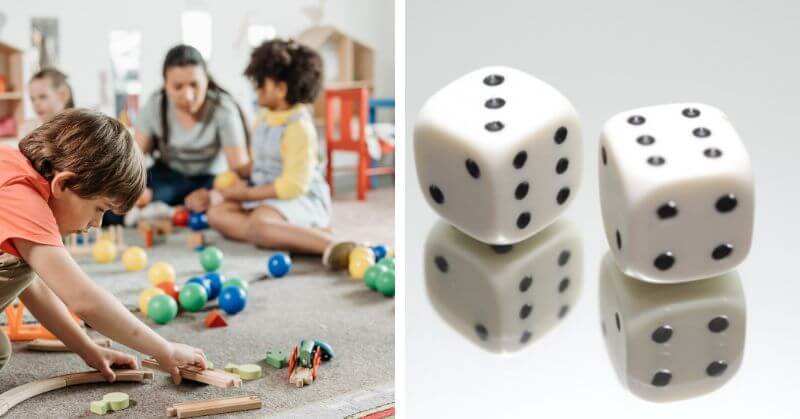Dice games are an enjoyable and stimulating form of play that promotes children’s development of new skills. Whether you’re using them in a classroom setting, as part of a family game night, or just for your child’s enjoyment, a wide variety of simple dice games are available to help children learn counting, strategy, social skills, and more!
Check out our top ten list of the easiest kids’ dice games!
1. Yatzy
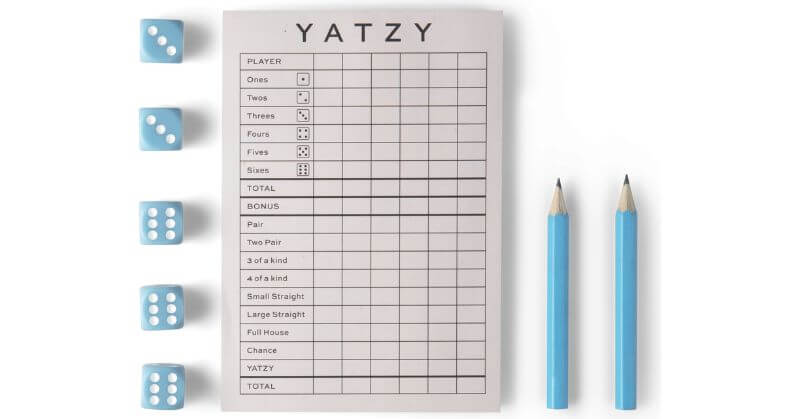

The game of Yatzy is designed to assist children in developing their mathematical and strategic abilities. It is played using five dice, and players are required to roll certain combinations to score points.
Points are awarded when all five dice display the same number (generally a Yatzy!), four-of-a-kind combinations, three pairs, and more. The game’s goal is to generate the highest total score across thirteen rounds to become the Yatzy champion.
2. Farkle
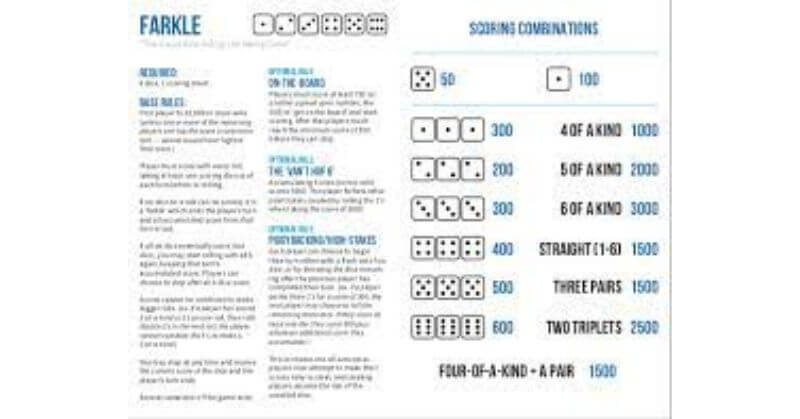

Farkle is a game that helps kids learn about probability and randomness. It’s pretty straightforward, and you can use an online dice roller to play it. It is a rapid-paced dice game in which players roll six dice to gain points.
Points are awarded based on the face positions of the dice, such as a one’s (1 point), a five’s (5 points), or a three-of-a-kind (300 points). Players can roll any number of dice at any time, and each roll increases their score and the risk of losing all the points they have gained.
3. Pig Dice – Dice Games

Pig dice is an easy yet fun variation of the traditional dice game. It’s also called “pass the pigs”. In Pig Dice, each player rolls one die per turn, and after each roll, he/she can bank his/her current score before he/she decides to continue with his/her next roll.
Whoever rolls 30+ points wins! It is an excellent game for numerical calculation and risk assessment.
4. LCR (Left Center Right)
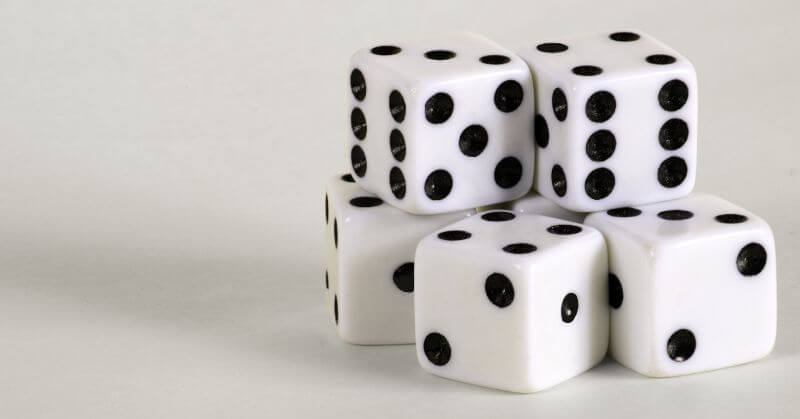
LCR is a simple dice game that can be learned and played in a few minutes. First, each player places three chips (usually red, green, or blue) on the table. Then, they roll three dice.
Each cube represents a set of rules that define what you can do with your chips. For example, the left dice tells you to transfer your left chip to someone on your left, the center dice tells you to put your right chip in the ‘pot’ in the middle, and the right dice tells you to place your right chip to your right.
When all the chips are placed or transferred, the player with the most wins! LCR is a great game for developing counting skills, number recognition, and strategic thinking.
5. Ship, Captain, And Crew

Ship, captain, and crew is a game designed to foster children’s ability to count and reinforce their number recognition skills. The game consists of two dice, one containing the numbers 2 to 12, and the other containing a “captain” dice with symbols such as anchors, stars, hearts, and spades.
To begin the game, each player rolls both dice and must determine which number or symbol corresponds to their own. If the player receives the same symbol on the captain dice as they do on the number dice, or any number greater than 6, they can advance three spaces on a designated grid.
However, if they receive any other number, they are not permitted to advance at all. The game-winner is the player who reaches the bottom of the board first.
6. Ten Thousand/Crap Out

Ten Thousand / Crap Out is a simple dice game that is enjoyable for all family members. Each player has three chances to roll as many sixes as possible, with a roll of either a one, two, three, or four resulting in zero points for the turn.
Players roll up to three dice at a time and build up their score until one of them accumulates 10,000 points, at which point they are declared the winner. This game is a great way for kids to learn the basics of numbers while having fun.
7. Yahtzee Jr.

Yahtzee Jr. is a simple yet popular dice game designed for younger children. It emphasizes strategy and encourages players to use probability to predict outcomes.
Players roll five dice at a time, scoring points through various combinations, such as straight, full, and four-kind, which are all the same number. Three-pairs and any combination can also be used. Children can learn to plan ahead with a straightforward yet effective set of rules while developing basic addition skills.
8. Around The World In Eighty Rolls

This quick-paced game is perfect for kids who want to learn how to think critically and solve problems. Players roll their five dice as fast as possible to create a set of predetermined combinations, such as the number 5, number 4, number 3, number 2, number 1, and number 6.
These combinations must be completed consecutively within 80 rolls to win the game. This game is a fun alternative to traditional dice games and encourages children to think critically.
9. Bunny Boogie – Dice Games

The objective of Bunny Boogie is for children to practice their mathematics skills by rolling dice and accumulating points. The game aims to score the highest before the player reaches 20 points.
Each player rolls a die and accumulates the number of points they have earned during each turn. If the player reaches 20 or more points during a given turn, they will lose all their points, and the next player’s turn will begin.
And, If six-sided dice are rolled, all five of the six-sided dice should be counted for bonus points. If two six-sided dice are rolled, the maximum bonus should be counted for all seven. Bunny Boogie is an ideal game for families to play together as it is simple and enjoyable.
10. Balut Dice Games

Balut dice game is a playful and enjoyable activity that encourages children to practice their numeracy skills while playing. The game requires two dice, each of which can be of any size or color.
The first step is for each player to roll one die, with the highest roller proceeding first. In the event of a tie, the roll will be repeated until a new winner is determined.
During the player’s turn, the dice shall be rolled, the total of the two rolls shall be counted, and the corresponding number shall be marked off on the board. The aim of the game is for the player to mark all twelve numbers on the board before the other players.
Conclusion Dice Games That Help Kids Learn New Skills
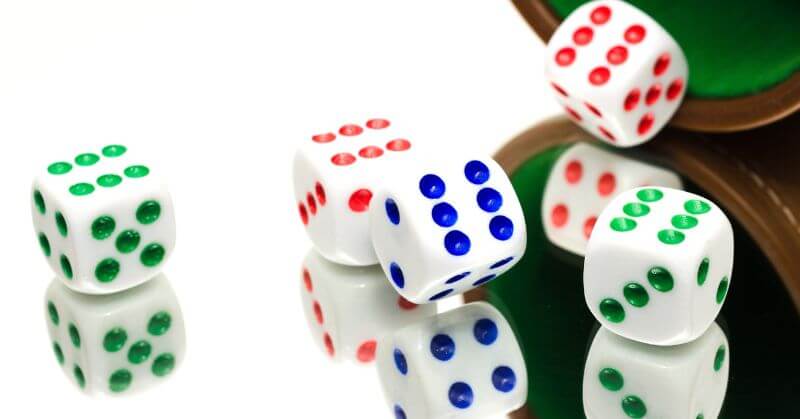
Dice games are a great way to help kids learn new skills while having fun. Whether rolling a single die or competing against each other to see who can reach the goal first, these ten easy dice games will keep them up and moving while learning valuable lessons.
So the next time your little ones need something different to do on a rainy day, why not break out some dice and get their education started? Also, be sure to check out five cool math games that are free to play and educational.
Tinydale is on YouTube, Click here to subscribe for the latest videos and updates.
Follow Us: Facebook | Instagram | Twitter | Youtube | Pinterest

